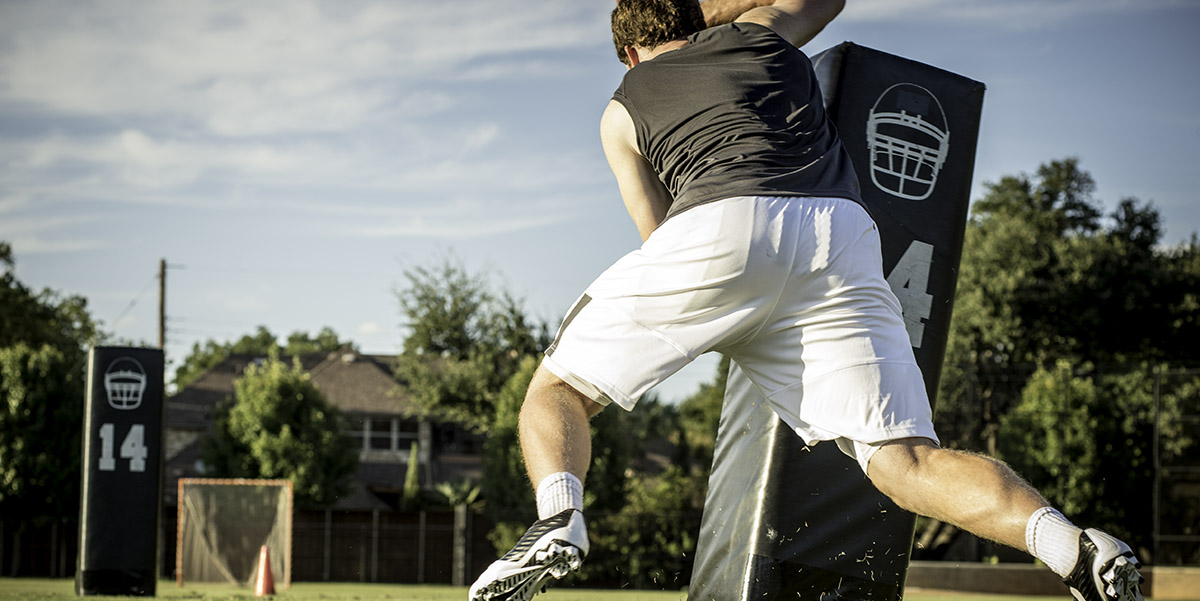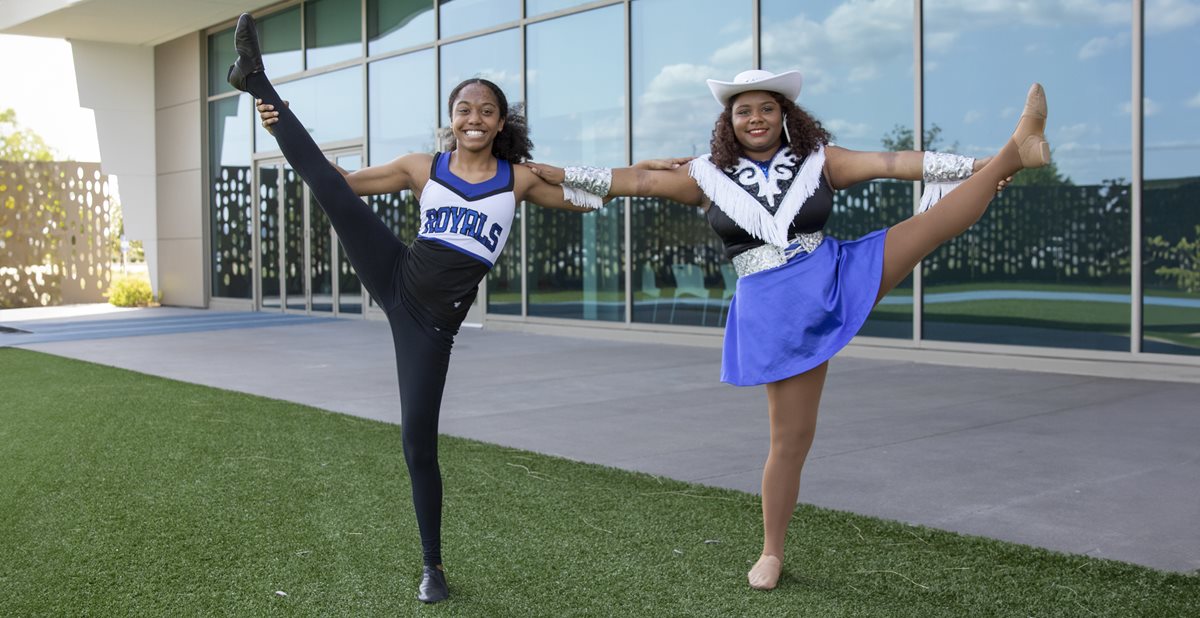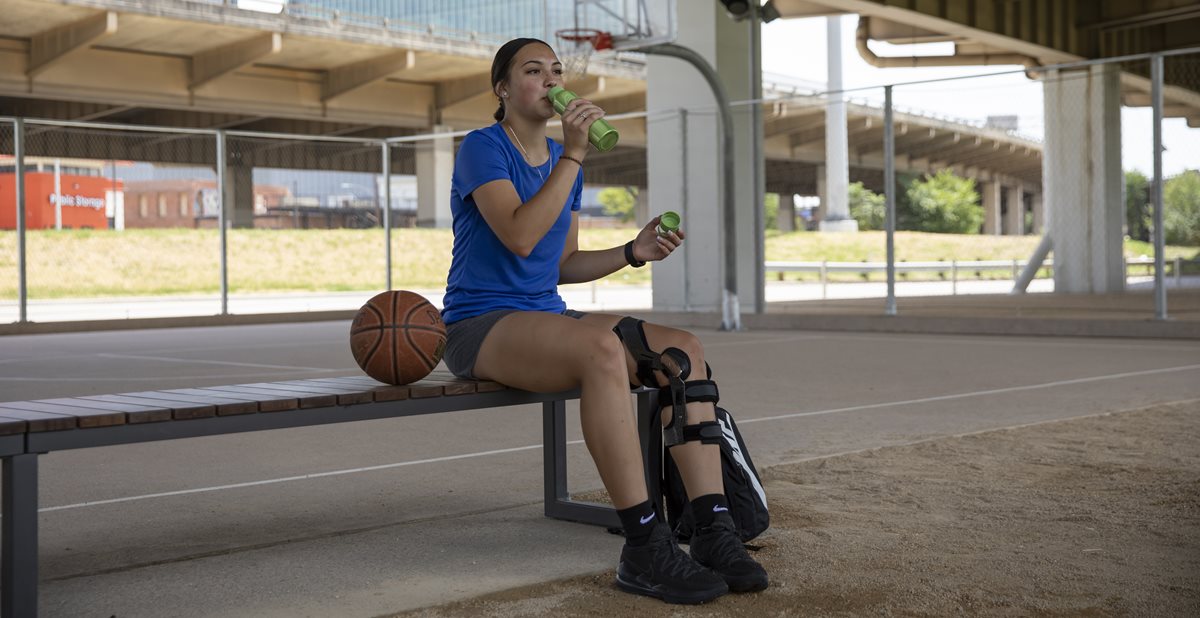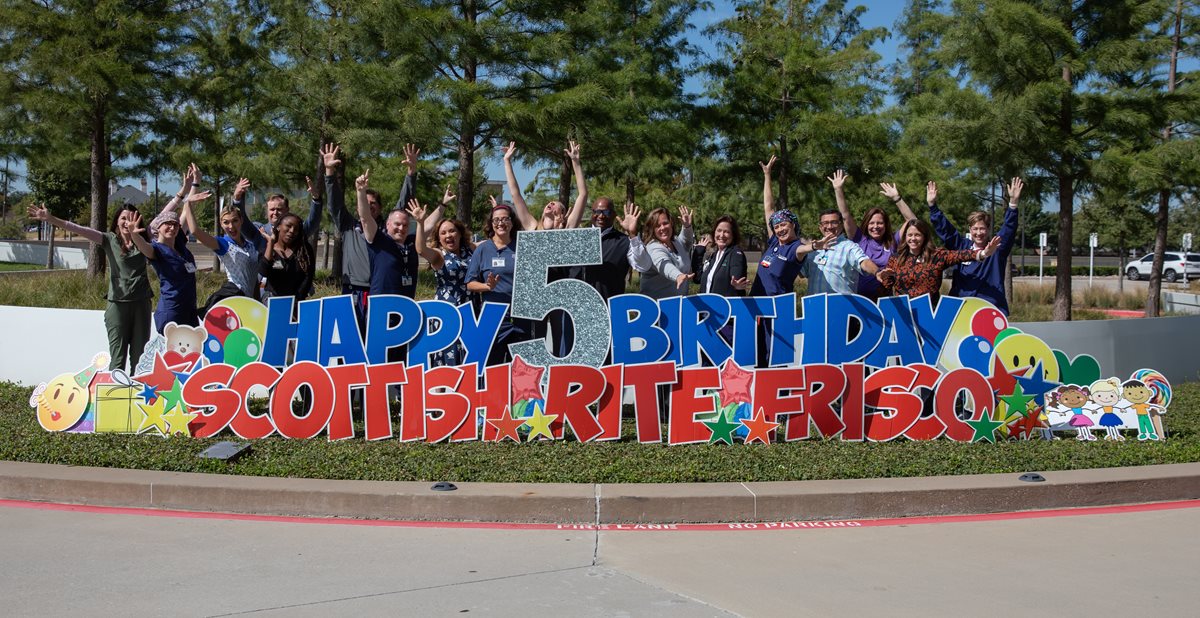
Jul 25, 2018 / Sports Medicine
Heat Illness Prevention for Young Athletes: Training in the Heat
It’s summertime in Texas. As your kids head off to camps, sports practice and pre-season training, it’s important to know how to handle the heat. We know that young athletes generate a lot of body heat during activity. Additionally, they gather heat from the environment and the sun as temperatures rise.
There are four ways a healthy human body gains or loses heat.
As you consider the various ways that the heat affects a young athlete, it’s important to know that heat illness can quickly become a life threatening emergency called exertional heat stroke. Early recognition and rapid cooling of the body are critical.
Signs and Symptoms of Heat Illness
According to the American Academy of Pediatrics position statement on the topic, children’s bodies are not that much different at dealing with heat than an adult. Sports medicine physician Shane M. Miller, M.D., says, “Since we know that heat illness is preventable and the risk factors are modifiable, athletes, parents, coaches, educators and rule-makers can reduce the risks with proper awareness and actions to protect young athletes.”
There are four ways a healthy human body gains or loses heat.
Evaporation - When the body heat rises above 99.5 degrees Fahrenheit, in healthy individuals, the skin is coated with a layer of sweat. The evaporation of the sweat removes heat from the body, unless the air is too humid.
Convection - Body heat can transfer to the air or water vapor nearby when the air temperature is cooler than the body temperature. Unfortunately, we more often see convection working in the opposite direction when high temperatures outside cause heat to transfer into the body.
Radiation - The reflection of the sun’s waves from surfaces like tennis courts, can directly heat the athlete. Direct sunlight can also increase air temperature by as much as 15 degrees, making heat transfer into the body more likely.
Conduction - Conduction occurs when heat moves from one physical object to an object with a cooler temperature. Cooling can occur with a cool towel, but much more rapidly when the body is submerged in water or surrounded by cold air.
As you consider the various ways that the heat affects a young athlete, it’s important to know that heat illness can quickly become a life threatening emergency called exertional heat stroke. Early recognition and rapid cooling of the body are critical.
Signs and Symptoms of Heat Illness
- Weakness
- Vomiting
- Excessive thirst
- Headache
- Fatigue
- Sweating
- Nausea
- Light-headedness
According to the American Academy of Pediatrics position statement on the topic, children’s bodies are not that much different at dealing with heat than an adult. Sports medicine physician Shane M. Miller, M.D., says, “Since we know that heat illness is preventable and the risk factors are modifiable, athletes, parents, coaches, educators and rule-makers can reduce the risks with proper awareness and actions to protect young athletes.”



